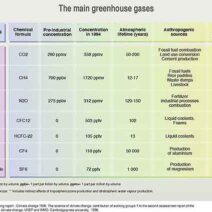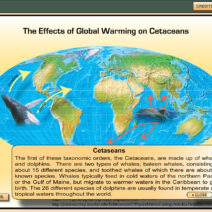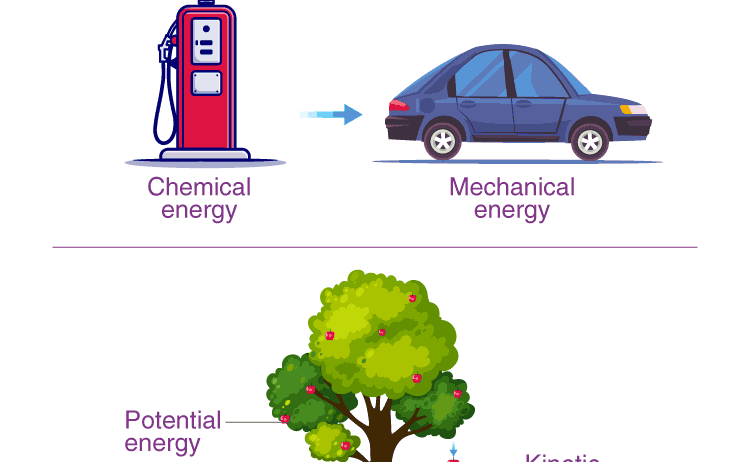Energy is a fundamental concept interwoven into the fabric of our understanding of the universe, dictating the way objects interact, move, and engage with one another. Among the various principles that govern this enigmatic force, the conservation of energy stands out as a cornerstone in the realm of physics. But what does it mean to conserve energy? The term implies more than merely limiting use; it encompasses a profound understanding of how energy is transferred, transformed, and eternally preserved throughout nature. This article delves into the intricate tapestry of energy conservation, illuminating its significance in both theoretical and practical contexts.
To grasp the concept of conserved energy, one must first familiarize themselves with the Law of Conservation of Energy. This law asserts that energy cannot be created or destroyed; it can only change forms. This principle is encapsulated in the myriad processes observed in countless physical phenomena. From a falling apple to the combustion of fossil fuels, the transformation and transfer of energy exemplify a continuity that transcends mere surface observations.
The understanding of conserved energy finds its roots in the early explorations of classical mechanics, notably through the work of luminaries such as Galileo and Newton. They initiated a paradigm shift that extended into the 19th century with the advent of thermodynamics and the kinetic theory of gases. Such investigations laid the groundwork for modern physics, interlinking various domains with the central tenet of energy conservation.
Unlike popular misconceptions that energy conservation solely pertains to saving electricity at home, its implications extend far beyond human convenience or environmental considerations. The principle governs natural processes, powering ecosystems, planetary motions, and even cosmic events. The conservation of energy is thus a universal phenomenon, central to all physical systems—be they microscopic or astronomical.
Understanding Consequences: Kinetic and Potential Energy
Delving deeper into the mechanics of conserved energy reveals two primary manifestations: kinetic and potential energy. Kinetic energy, the energy of motion, involves a dynamic interplay of mass and velocity. For an object in motion, its kinetic energy is calculated based on the well-known formula, KE = 1/2 mv², where m represents mass and v symbolizes velocity. This expression illustrates that even a minute change in velocity can significantly impact kinetic energy, highlighting the responsiveness of motion to energy inputs.
On the other hand, potential energy embodies the stored energy within an object due to its position or state. This is prominently illustrated in gravitational potential energy, where an object’s height above the ground directly correlates to its potential energy, governed by the equation PE = mgh, with h as height, g as gravitational acceleration, and m as mass. When an object falls from a height, potential energy is converted into kinetic energy, epitomizing the conservation law. The constant interplay between these two forms of energy exemplifies a fundamental truth about the universe: energy is forever cycling, moving seamlessly from one form to another without loss.
Expanding the Scope: Applications of Energy Conservation
While energy conservation might sound abstract, its applications are omnipresent in everyday life, technology, and environmental science. The concept serves as a guiding principle in the design of renewable energy systems such as wind turbines and solar panels, where the transformation of natural energy sources into usable forms reflects the conservation law in action. These technologies rely on harnessing energy transformations effectively, maximizing output while minimizing waste, thereby enabling sustainable practices that respect the planet’s resources.
Moreover, various industries have embraced energy conservation strategies as a means of improving efficiency. In manufacturing processes, implementing practices to reduce energy waste enhances productivity and lowers costs, illustrating that energy conservation is not merely an environmental necessity but also an economic imperative in the contemporary world.
Bridging Science and Society: The Cultural Relevance of Energy Conservation
At a societal level, energy conservation resonates beyond scientific realms; it reflects cultural values and philosophies about sustainability and stewardship of the Earth. Communities across the globe are recognizing the vital importance of adopting energy-efficient practices, thereby reducing their carbon footprints and mitigating climate change. Educational initiatives are transforming this understanding into actionable commitments, encouraging individuals to embrace energy conservation through behavioral adjustments in daily life.
The fascination with energy conservation resonates across cultures and generations, symbolizing humanity’s quest for understanding and mastery over the forces of nature. It embodies not just a scientific principle, but a collective ethical responsibility. As we comprehend the fragility of our planet’s resources, the call to action becomes louder; conserving energy is not merely about individual actions, but about nurturing a collective commitment to our planet’s future.
In conclusion, energy conservation encapsulates an essential truth about existence—the interconnected, ever-cycling nature of energy in our universe. It tells a story of balance, transformation, and sustainability that beckons a deeper respect for the environment. Whether through understanding kinetic and potential energy or applying conservation principles in our lives, each collective endeavor empowers humanity toward a conscientious and sustainable future.







